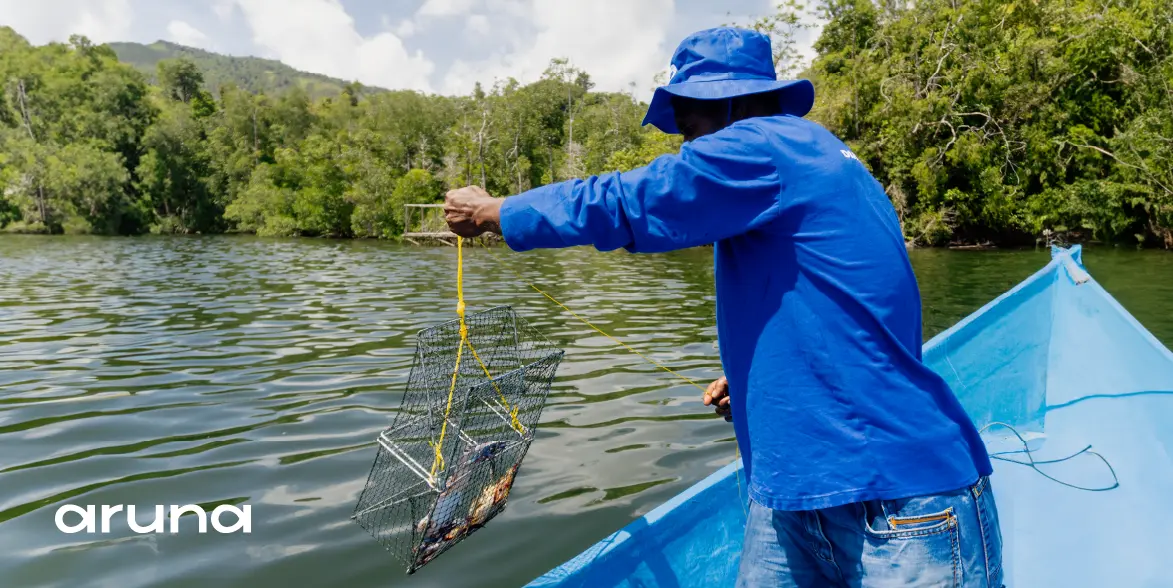The ocean provides various resources such as food, minerals, and oil. The sustainability of the marine ecosystem needs to be maintained to continue benefiting humanity. However, irresponsible human activities, such as destructive fishing, can threaten the sustainability of the ocean.
Destructive fishing involves capturing fish using tools that damage the marine ecosystem. This method can also lead to the death of unintended fish species. Examples of destructive fishing include the use of poisons, bombs, electric shock devices, trawl nets, or trawl lines. Data from the Ministry of Maritime Affairs and Fisheries (MMAF) shows that there were 653 cases of destructive fishing in Indonesia between 2013 and 2019. This evidence indicates that destructive fishing behavior has caused significant damage to the sea.
Environmentally Friendly Fishing Tools

Environmentally friendly fishing tools are those that do not harm the marine ecosystem and fish. Here are three examples of environmentally friendly fishing tools used by fishermen:
a. Fish Traps (Bubu)
Bubu is a traditional fishing tool made from pieces of bamboo arranged and tied with plastic strings. Bubu comes in various shapes, such as square, cylindrical, or trapezoidal. It is placed in the path commonly taken by fish. The principle behind bubu is to trap fish by confusing their vision. Once the fish enters the Bubu, it becomes trapped and cannot escape. Bubu can also be used to catch blue crabs.
b. Gillnet
Gillnets are rectangular fishing nets with the same mesh size. They are designed to entangle fish, especially small to medium-sized ones. Using gillnets, fishermen can catch multiple fish at once.
c. Hook and Line
This fishing tool is used to attract the attention of the target fish, with or without bait. The target fish is caught on the hook attached to the line, and then it is pulled to the surface. Longlines and handlines fall under this category, with handlines typically used for catching large fish.
Impact of Using Environmentally Friendly Fishing Tools
The use of environmentally friendly fishing tools can provide various benefits, including preserving marine biodiversity, preventing damage to marine habitats, and improving the quality of fisheries products. Fishermen and vessels using environmentally friendly fishing tools contribute to the sustainability of the marine ecosystem. This aligns with the MMAF’s policies in implementing the Blue Economy.
Aruna’s Use of Environmentally Friendly Fishing Tools
Aruna is committed to using environmentally friendly fishing tools in its production process. We collaborate with fishermen to develop and use environmentally friendly fishing tools, such as Bubu. Bubu is employed to catch blue crabs, one of our flagship fisheries commodities.
The use of environmentally friendly fishing tools is an effort to protect the marine environment. To support marine ecosystem sustainability, you can choose fisheries products produced using environmentally friendly fishing tools. By choosing Aruna products, you can help maintain the sustainability of the sea. Together, we can contribute to preserving marine resources for future generations.











Leave a reply
No comments found.